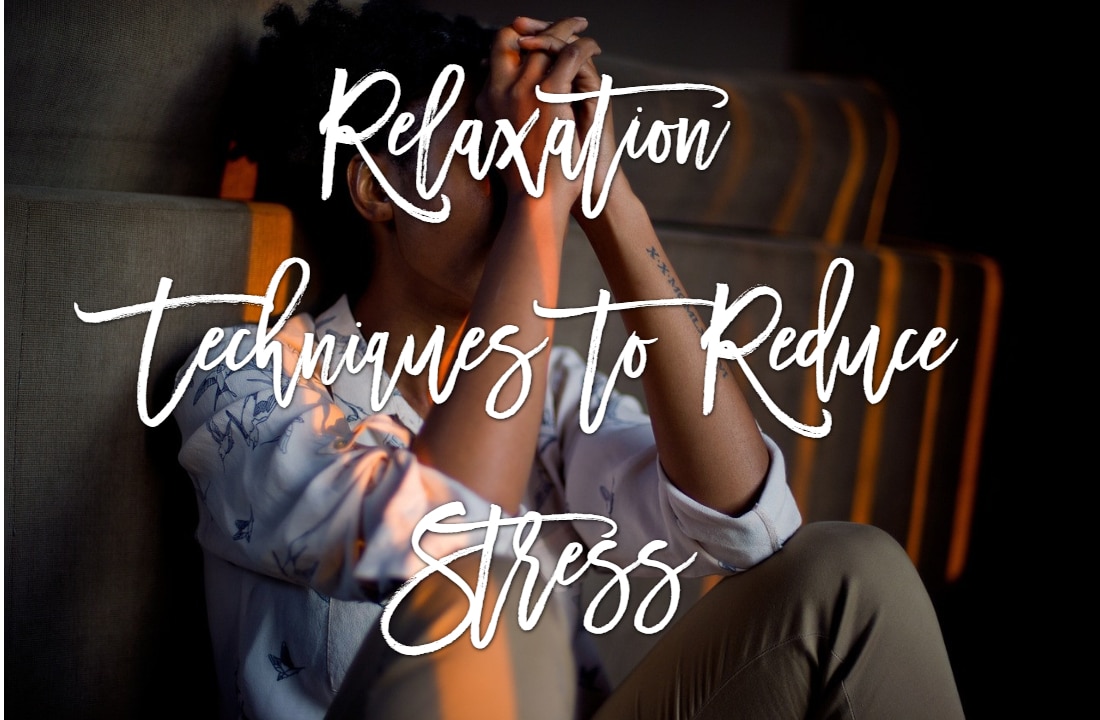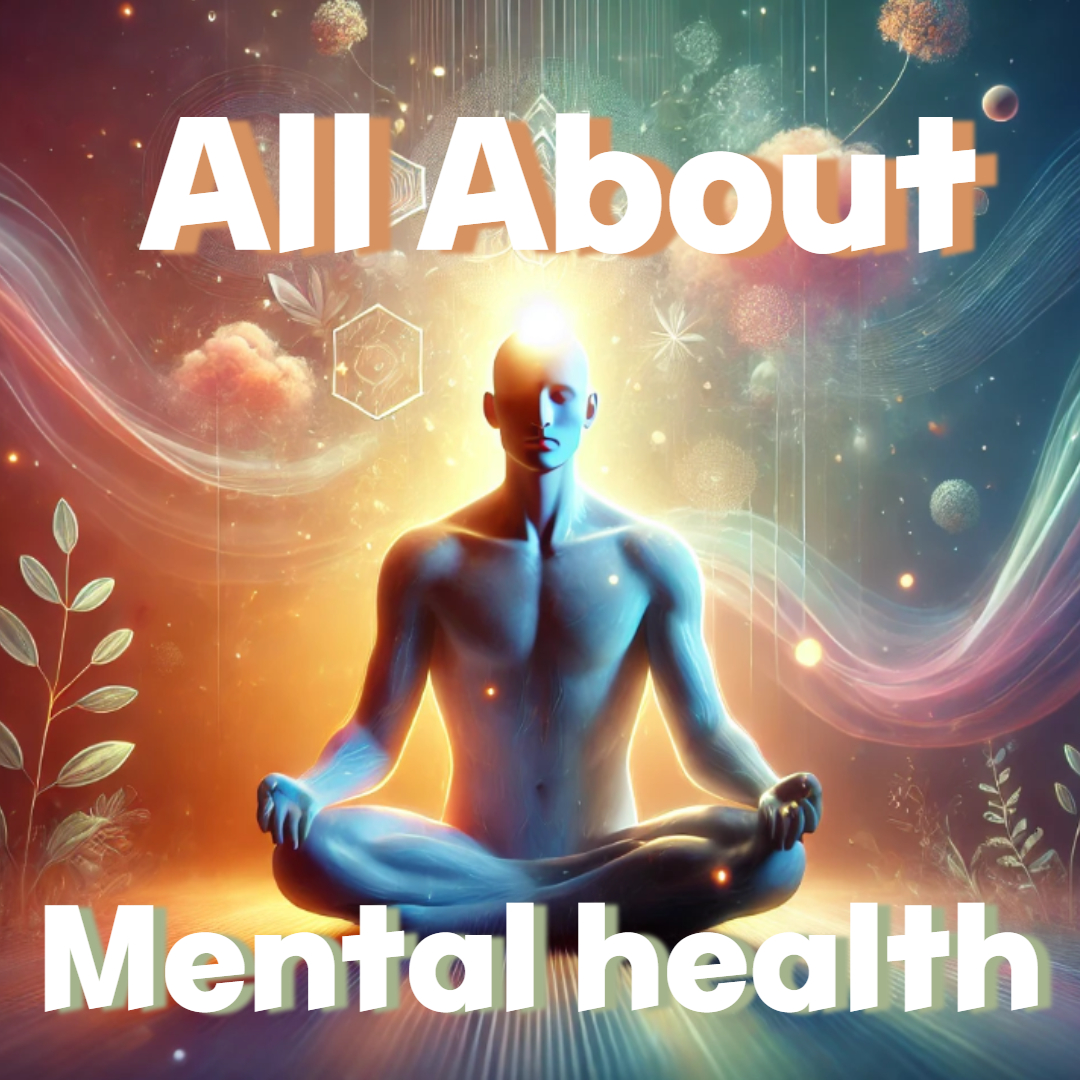In today’s fast-paced world, stress has become an inevitable part of life. Work pressure, personal responsibilities, and social obligations all contribute to stress levels, which, when left unmanaged, can lead to health issues. To counter this, understanding and applying effective relaxation techniques can be life-changing. These techniques not only help reduce stress but also improve focus, enhance mood, and promote overall well-being. Here, we delve into six powerful relaxation techniques to help you achieve a calm, peaceful mind and a healthier lifestyle.
1. Deep Breathing Exercises
Deep breathing is one of the most straightforward yet highly effective relaxation techniques. It involves slow, deep, and purposeful breathing that activates the body’s relaxation response, helping reduce stress levels. This technique is known to lower heart rate, stabilize blood pressure, and improve oxygen flow throughout the body, promoting calmness.
Steps for Deep Breathing:
- Find a comfortable place to sit or lie down.
- Close your eyes and take a deep breath in through your nose for a count of four.
- Hold your breath for a count of four.
- Slowly exhale through your mouth for a count of four.
- Repeat the process five to ten times.
Benefits of Deep Breathing
| Benefits | Description |
|---|---|
| Reduces anxiety | Slow breathing helps calm anxious thoughts. |
| Improves focus | Brings attention back to the present moment. |
| Boosts energy levels | Increased oxygen flow enhances alertness. |
| Promotes relaxation | Activates the body’s parasympathetic nervous system. |
Deep breathing can be practiced anywhere and anytime, making it one of the easiest relaxation techniques to incorporate into your daily routine.
2. Progressive Muscle Relaxation (PMR)
Progressive Muscle Relaxation (PMR) is a technique that involves tensing and then slowly relaxing each muscle group. This relaxation technique reduces tension throughout the body and helps individuals become more aware of physical stress signals.
How to Practice PMR:
- Start by tensing the muscles in your toes, hold for five seconds, and then release.
- Move up through each muscle group: legs, abdomen, chest, arms, hands, neck, and face.
- Focus on the sensation of relaxation after each muscle group is released.
- Practice PMR for 10–20 minutes daily to experience lasting stress relief.
Benefits of PMR
| Benefits | Description |
|---|---|
| Eases muscle tension | Helps release physical stress stored in the muscles. |
| Improves mental clarity | The systematic process helps improve focus and relaxation. |
| Enhances sleep quality | Reduces stress levels, aiding in better sleep. |
| Increases body awareness | Helps identify areas of tension, allowing for focused relaxation. |
PMR is effective for those who experience physical symptoms of stress, as it directly targets muscle tension, offering relief and relaxation.
3. Visualization or Guided Imagery
Visualization, also known as guided imagery, involves creating a mental image of a peaceful place or situation. This relaxation technique taps into the power of imagination to calm the mind and reduce stress.
Steps for Visualization:
- Sit or lie down comfortably in a quiet space.
- Close your eyes and picture a calming scene, such as a beach, forest, or garden.
- Imagine the details – sounds, colors, smells, and feelings associated with the scene.
- Spend 5-10 minutes “in” this scene, immersing yourself fully in the peaceful environment.
Benefits of Visualization
| Benefits | Description |
|---|---|
| Reduces anxiety | Takes the mind away from stress triggers. |
| Increases positive thinking | Focuses on calming and pleasant thoughts. |
| Enhances focus and clarity | Provides mental breaks, refreshing focus and mental clarity. |
| Boosts emotional well-being | Positive imagery uplifts mood and creates a sense of inner peace. |
Regular visualization sessions help individuals practice positive thinking and foster a sense of control over stress.
4. Mindfulness Meditation
Mindfulness meditation involves being fully present in the moment, observing thoughts, feelings, and sensations without judgment. This powerful relaxation technique is highly effective for reducing stress, promoting emotional health, and improving focus.
How to Practice Mindfulness Meditation:
- Find a quiet, comfortable place to sit.
- Focus on your breathing, paying attention to each inhale and exhale.
- Allow thoughts to pass through your mind without attachment or reaction.
- Continue for 5–10 minutes daily, gradually increasing the duration.
Benefits of Mindfulness Meditation
| Benefits | Description |
|---|---|
| Reduces rumination | Helps stop repetitive negative thinking. |
| Lowers stress levels | Calms the mind, lowering cortisol levels. |
| Improves emotional regulation | Encourages non-judgmental observation of feelings. |
| Increases focus and memory | Improves attention span and cognitive function. |
Mindfulness meditation is a versatile relaxation technique that can be practiced anywhere, helping to cultivate a peaceful and resilient mind.
5. Yoga and Stretching
Yoga is an ancient relaxation technique that combines physical postures, breathing exercises, and meditation to reduce stress and enhance overall well-being. Stretching is also beneficial as it releases muscle tension and promotes flexibility, both of which contribute to relaxation.
Recommended Yoga Poses for Relaxation:
- Child’s Pose (Balasana): A gentle stretch that promotes calm.
- Legs Up the Wall (Viparita Karani): Helps reduce lower back tension.
- Corpse Pose (Savasana): A restorative pose that encourages complete relaxation.
Benefits of Yoga and Stretching
| Benefits | Description |
|---|---|
| Reduces muscle stiffness | Stretching releases tight muscles, relieving physical tension. |
| Promotes mental clarity | Breathing exercises improve focus and calmness. |
| Enhances flexibility | Reduces injury risk and improves posture. |
| Balances mood | Yoga lowers stress hormone levels, promoting a positive mindset. |
Incorporating yoga or stretching into your routine can make a big difference, especially if physical tension accompanies your stress.
6. Aromatherapy
Aromatherapy uses essential oils to promote relaxation and reduce stress. Commonly used oils include lavender, chamomile, and eucalyptus, each having its own unique calming effect. Aromatherapy can be combined with other relaxation techniques for a more powerful stress-relieving experience.
Popular Essential Oils and Their Benefits:
| Essential Oil | Benefit |
|---|---|
| Lavender | Calms the nervous system |
| Chamomile | Reduces anxiety |
| Eucalyptus | Relieves respiratory issues |
| Peppermint | Boosts energy and focus |
Simply diffusing these oils in your room or adding a few drops to a warm bath can create a soothing environment that encourages relaxation.

FAQs
1. What are some quick relaxation techniques to reduce stress?
- Deep breathing exercises, visualization, and mindfulness meditation can all be practiced quickly and effectively to reduce stress.
2. How long does it take to see the effects of these relaxation techniques?
- While immediate relaxation may be felt, consistent practice over time yields lasting benefits, typically noticeable within a few weeks.
3. Can relaxation techniques improve sleep?
- Yes, techniques like PMR, deep breathing, and aromatherapy can improve sleep quality by calming the mind and releasing tension.
4. Are relaxation techniques suitable for everyone?
- Yes, most relaxation techniques can be adapted to suit different age groups and fitness levels. Consulting a professional may help tailor techniques to individual needs.
5. Which relaxation technique is the best for beginners?
- Deep breathing and mindfulness meditation are excellent for beginners due to their simplicity and accessibility.
6. How do relaxation techniques impact mental health?
- Regular use of relaxation techniques lowers stress hormone levels, improves mood, enhances focus, and promotes a positive outlook, all of which benefit mental health.
Incorporating these six relaxation techniques into your daily routine can significantly reduce stress, improve mental clarity, and enhance overall well-being. Practicing these techniques consistently can lead to a healthier, happier, and more peaceful life.

